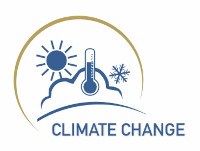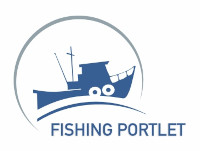The shift of height in water level due to the tides represents another potential, renewable source of energy. The tides are predictable due to their linkage to the lunar cycle, making it possible to calculate them and their related production of energy with astronomical precision for years in advance.
There are three types of tidal power generators. Tidal stream generators (TSGs) are similar to wind turbines but being under water and utilizing the kinetic energy of flowing water. There is one prototype installation in Kvalsund, south of Hammerfest, Norway and another demonstration plant near Race Rocks (Vancouver Island) in Canada.
Tidal barrage is possibly the most used type in the circumpolar North up to now. It is exploited by building a dam across the mouth of a bay or inlet. The incoming tide generates electricity as it flows through turbines constructed in the dam.
The turbine blades are then reversed so that the outgoing tide also produces electricity. The difference in levels between low and high tides must be 6 meters or more to create a feasible amount of energy.
Examples of tidal energy production can be found in the Bay of Fundy (Canada) and in Russia (Kislaya Guba near the Port Vladimir, Barents Sea).
The tidal power plants, though environmentally sound, are known to affect the normal flow of water and disrupt the natural structure of the environment (e.g. of estuaries).
There is also a discussion as to what degree there is an effect due to noise and vibration of turbines on maritime environment.
Recently, Danish scientists achieved a breakthrough in the "Weptos" project, creating a tidal generator that manages to produce considerable amounts of energy and could be used as a prototype for a future generation of tidal power plants.








